Marisa Wojcik:
Welcome to Noon Wednesday, I’m Marisa Wojcik, a Multimedia Journalist with Here & Now, on Wisconsin Public Television. So last month, a UW Madison Homecoming video sparked national outcry over its lack of diversity and representation over the student body, and since then, the Student Inclusion Coalition has formed and they’ve presented a list of demands to the university. So today we’re speaking with Kingsley-Reigne Pissang, thank you so much for being here.
Kingsley-Reigne Pissang:
Thank you!
Marisa Wojcik:
And I kind of just want to start with, in case people don’t know the story of this video, can you give us an idea of what happened initially?
Kingsley-Reigne Pissang:
So essentially it started off with the Homecoming Committee wanting to make a video with the theme of, Home Is Where We Are. So things that just make UW Madison UW Madison, so like cheese curds, and the academics and research, and things like that. So they tried to get as many students, our registered student organizations as possible to participate in the filming of their video. And so I believe there are probably well over 20 groups, so they said that not everyone will be able to have their snippets, so, they essentially had all of these different filmings of a couple seconds of each group kind of doing something that represents them, and home.
Marisa Wojcik:
Kind of just quick cuts.
Kingsley-Reigne Pissang:
And so, the sorority that I’m in, we were asked to participate, and so we’re a national, we’re the first black national sorority, and then we were also one of the only groups in our council to respond, which is a nationally black council. So they were just like, yeah, you guys were the only ones who reached out to us, and we didn’t necessarily know the rest of the groups that were also going to be filmed in the video. And so along with that we kind of met with them for like an hour, they filmed, and they said yeah, so the video will be up a couple weeks before Homecoming, and then, y’know, we’ll tag you, let you know, and then, as well as sending you your clips. And so a couple weeks go by, kind of think nothing of it, and so then I get this post in our group chat, and they’re just like, oh, the video is up. And so the first thing is that, you know, I see that we weren’t in it, and so I just kinda brushed it off. And then one of the members said, there are actually like, no people of color in this video at all, and so I kind of went back, and I rewatched it, and I realized that they’re, it was completely kinda crazy, because it was just, it was completely white, within the video. And not only did our group not make it, but no students of color, no marginalized groups. Like, it was just a complete erasure. And so then, and I’m not sure if this would have made a difference, but what caught our attention is that they tagged us on the page, or they tagged us within the group, along with the other featured groups that made it into the video, as if we were supposed to be in the video. So that’s kinda what started the initial, I guess like outrage, of just kind of, not, if you didn’t put us in the video, that’s fine, because you stated not everyone is gonna be in the video. But at least have some student of color representation, and then also don’t tag us in the video when we weren’t there. So that’s kind of what started it, and then also started the hashtag, #HomeIsWhereWeAren’t. And just kind of, you know, showing students of color, or marginalized groups, and how it’s hard for them to think of a place called home when it was clear in the video that it kinda wasn’t our home.
Marisa Wojcik:
And Home Is Where We Aren’t was the theme of a video that your group made in response.
Kingsley-Reigne Pissang:
Yeah, so Ali Khan, he’s a fantastic, fantastic videographer, also a student here. We kind of made the response video of showing, essentially, all the reasons why UW Madison isn’t home. So it gave the statistics of Native students, or like, the sexual assault, the sexual assault rates, and just kind of the racial crimes, and just kind of basically showing why it’s not safe for students of color and marginalized groups, and that video, it’s probably one of my favorite things just to kind of look at, because it was just beautiful, and it had so many different types of people in there, which I think is very important.
Marisa Wojcik:
And one of the things you said around all of this was, it was disappointing but not surprising.
Kingsley-Reigne Pissang:
Oh, absolutely not. So just kind of, even mirroring the protests that happened on Friday, these things and these things that we’re asking for, like, they’re not new. Like, in 2016 there were protests, in 2013 there were protests. Students on this campus have been protesting back to 1969, and so just like, now in 2019, 50 years later, although things have changed, much of the themes remain the same of UW Madison has this continuation of kind of doing what they need to get by as far as diversity and inclusion, and kinda just like more or less appeasing their students of color and marginalized students, as opposed to really making a space for them, really taking the time to hear their needs, to understand what they kinda want from an institution. So although it was disappointing, it was well within UW’s character.
Marisa Wojcik:
And in response to all of this, you and a few other student leaders created the Student Inclusion Coalition, and you mentioned protests going back to 1969. That is actually one of your, referenced in one of your demands is acknowledging that history. Can you tell us about this list of five things that you have been asking for the university to respond to?
Kingsley-Reigne Pissang:
So essentially our five demands kind of highlight things that marginalized, things that would really help marginalized groups on campus. And so in 1969, it’s now the Wisconsin Black Student Union, but it’s like the Black Students Alliance, they were boycotting just for better treatment within the university. So, like they blocked off entrances on Bascom, and in front of College Library, and there was just so, it wasn’t anywhere intentional for this to happen, like 50 years ago, like to the year, but again, history repeats itself. So of course we wanted to pay homage to those who fought before us, because that’s the most important thing, because like, within our statement, we’re fighting because someone fought for us, we’re fighting so others won’t have to, but we know that others will most likely fight again. And so our first demand was honoring students who had to leave the university, whether that be for safety or got expelled, and weren’t able to obtain their degrees because of just the political climate that happened in 1969, so we really wanted to start with that, of these people are important, and without them, there would probably be no us right now. So that was something that we wanted to start the tone off with of making sure that those voices were remembered, because still to this day they don’t have a degree from this university, and they gave so much, so.
Marisa Wojcik:
And the other demands have a lot to do with, just building in kind of a structure to be responsive to students, right?
Kingsley-Reigne Pissang:
Yeah, so the university has a, the university is very reactive to these situations, and a lot of times they’re simple solutions. Like, and I’m not saying that, ’cause again, it’s more than a video, it’s not just about the fact that students weren’t featured or you didn’t see one type of community in a group, because honestly and truly, that video had to go through a lot of eyes to be posted. So who was in the room when those decisions were being made? Who was on the Homecoming Committee, as well as like, who chose the Homecoming Commun, Committee, excuse me. So there are just multiple levels of, how many people okayed this? Then again, of like, how many student groups were filmed, and then from those student groups, how many were marginalized groups? From those marginalized groups, how did you then choose who could make the cut, who didn’t make the cut? And so that, these demands are indicative of just kinda like, okay, we need to stop being so reactionary, and we need to actually think, what can we do to make sure that this never happens again? So allocating the same amount of funds towards Multicultural Homecoming, as to like, the regular Homecoming. Or just the infrastructure of having a job created to deal with those hate and bias reports that they tell students to fill out when incidents like this happen. Just kind of things that would overall make the general marginalized group, or marginalized communities a lot supported, a lot more supported, and just like overall more safe, and less room for things like this to happen again, in the future.
Marisa Wojcik:
Kind of proactive versus reactive.
Kingsley-Reigne Pissang:
Absolutely, absolutely.
Marisa Wojcik:
And you mentioned to me that in conversations after Friday or after Friday’s protest, the university has told you that, a lot of these things are kind of already in motion. How do you feel about that?
Kingsley-Reigne Pissang:
So, you know, within just us talking to the administration that they, we ended up having dinner with them, and for the time that they had, you know, we released demands on Thursday night, and then we had the protest on Friday afternoon, and then we ended up having the dinner with them, and so they wanted to say that y’know, within the administration, they’re doing the best that they can, and they’re trying to pilot these things, and kind of like figure out, and what kinda us students don’t see on the backend. And so, just kinda, you know, them getting to see where they can help us. And because now with us working with the administration, them trying to see, oh, these things are already in place, and letting us kind of get in touch with them, and kind of more or less being, more or less everyone meeting each other halfway, as a collaborative. I think that’s kind of what the university wanted us to take away from, y’know, even though we don’t see it, that there are things still in place. And so that’s kind of big, where it’s just like, okay, we may not see these things, and they might not publicize these things, until things are public. So it’s just like, okay, how can we work together to get these types of things in order?
Marisa Wojcik:
So you see it as a non-adversarial, the Student Inclusion Coalition wants to really work with the university.
Kingsley-Reigne Pissang:
Absolutely, because you can’t, for matters like these, like with these demands, and kind of just like, it shouldn’t take, protest shouldn’t be seen as an act of opposition, necessarily. It should be seen as hey, we’re here, and these are the issues that we take with what’s happening at this institution, and us being at your institution, you should listen to us, because we pay for tuition, we pay those segregated fees, as well as we want the same experiences as everyone else, and so it’s not us necessarily working against the university, like we’re sick of UW, because we know that it can do so much more, that it can be so much more, that it can give so much more. So that’s really kind of why we wanted to protest, because, like, we know that the university is capable of allowing so much more for its marginalized groups of students.
Marisa Wojcik:
And the university, when I asked them if they had a formal statement or anything, they said the UW leadership responded to the list of demands and requests from the SIC by holding the first of what we expect to be multiple meetings with their leadership, and discuss goals, and potential to find common ground. First session was held last Friday, and we expect to continue the conversation on a regular basis. So conversation on a regular basis, what is next either for the university and the SIC, or just for the SIC?
Kingsley-Reigne Pissang:
So, in general, so SIC is completely student-run. So as of this moment, kind of like within, within all the past commotion of probably the past, like, three weeks, right now we’re allowing the university time to kind of see what they can do with the demands, as well as just kind of giving them time to really understand the demands, to see what’s feasible, to get back, and kind of get in touch with the right people. So now it’s on the university to kind of like, as an administration, it’s on them. And of course, you know, it will be on SIC to more or less keep the momentum going, and to keep the pressure applied of just accountability, but like, as of this moment, we’re students, so we have to of course like, along with keeping the general body informed of, okay, the next steps, we’re trying to, for one, like, get back a little bit to normal. These past couple weeks have been kind of disruptive, a little bit crazy. And so now, for the students of SIC, we have to get back to studying, because again, like, this isn’t our job, we’re not getting paid. And like, it’s very, activism is very tiring. And so, you know, we’re kinda, not necessarily taking a step back, but more or less just kind of like, looking at ways that we can make sure that we’re taking care of ourselves so that the movement can move forward. So again, we’re gonna meet with the university, within probably the next couple weeks, and then from there we’ll kinda divvy up the Student Taskforce that we had mentioned in the demands, and then as well start holding general elect student body meetings with the larger campus community. Because right now the e-board for SIC is eight students, and it’s not right.
Marisa Wojcik:
It’s a lot of work.
Kingsley-Reigne Pissang:
The eight students. So, that’s really more or less what we’re looking at, we’re looking to now, I guess, go more large scale, implementing and kinda getting the general body, like, framework more involved.
Marisa Wojcik:
And that brings to mind the response video that SIC made. One individual said, “I came here for an education, “not to educate you,” and it speaks to a little bit of who is doing the heavy lifting, and how that work is being done, and it’s a lot of work for eight people, it sounds like.
Kingsley-Reigne Pissang:
Yes, yeah, absolutely.
Marisa Wojcik:
Well, I really really appreciate you coming here.
Kingsley-Reigne Pissang:
Yes, thank you!
Marisa Wojcik:
And giving us a chance to hear what you have to say, and we look forward to hearing more.
Kingsley-Reigne Pissang:
Thank you for having me, thank you for having me, yeah.
Marisa Wojcik:
For more from Here & Now and Wisconsin Public Television you can visit wpt.org, and thank you so much for joining us, on Noon Wednesday.
Search Episodes

Donate to sign up. Activate and sign in to Passport. It's that easy to help PBS Wisconsin serve your community through media that educates, inspires, and entertains.
Make your membership gift today
Only for new users: Activate Passport using your code or email address
Already a member?
Look up my account
Need some help? Go to FAQ or visit PBS Passport Help
Need help accessing PBS Wisconsin anywhere?

Online Access | Platform & Device Access | Cable or Satellite Access | Over-The-Air Access
Visit Access Guide
Need help accessing PBS Wisconsin anywhere?

Visit Our
Live TV Access Guide
Online AccessPlatform & Device Access
Cable or Satellite Access
Over-The-Air Access
Visit Access Guide
 Passport
Passport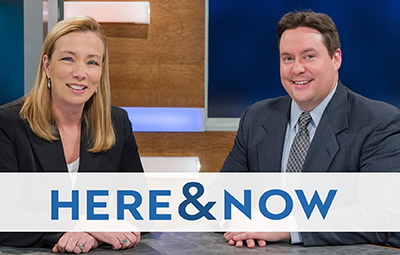
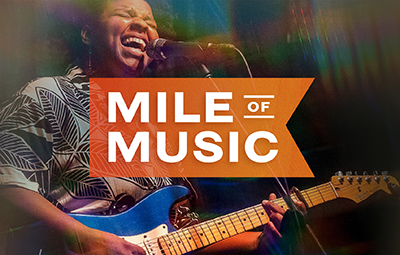

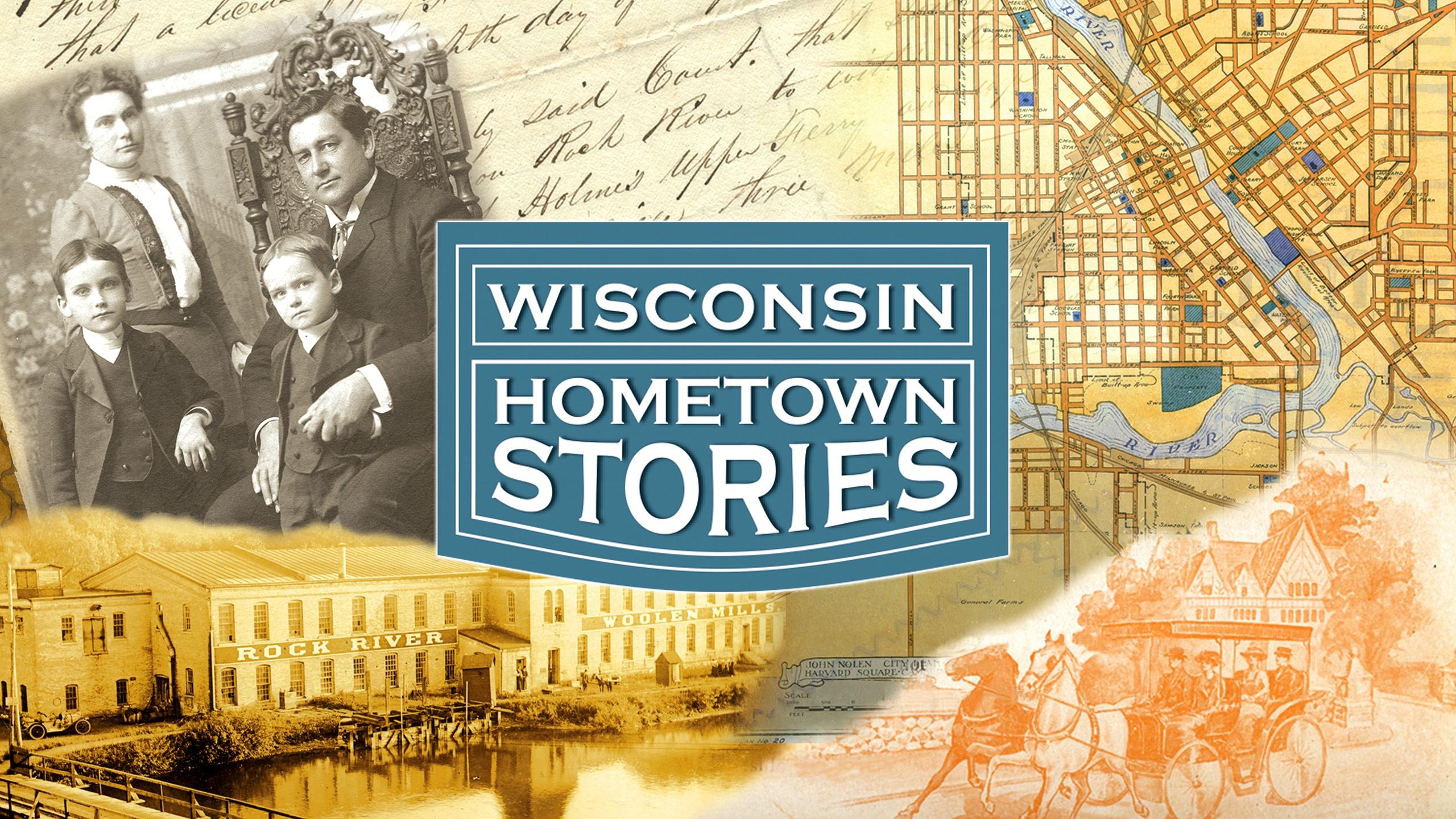
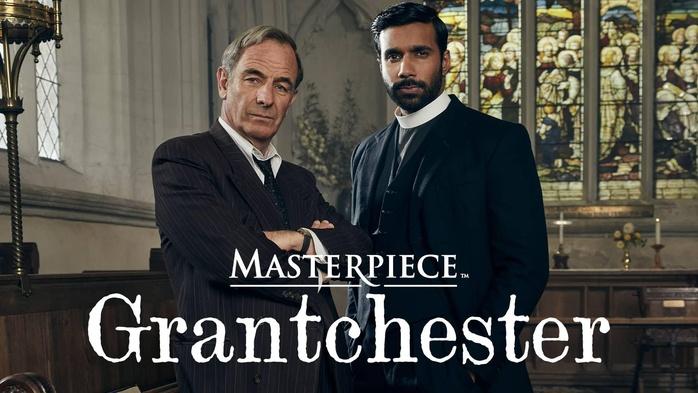

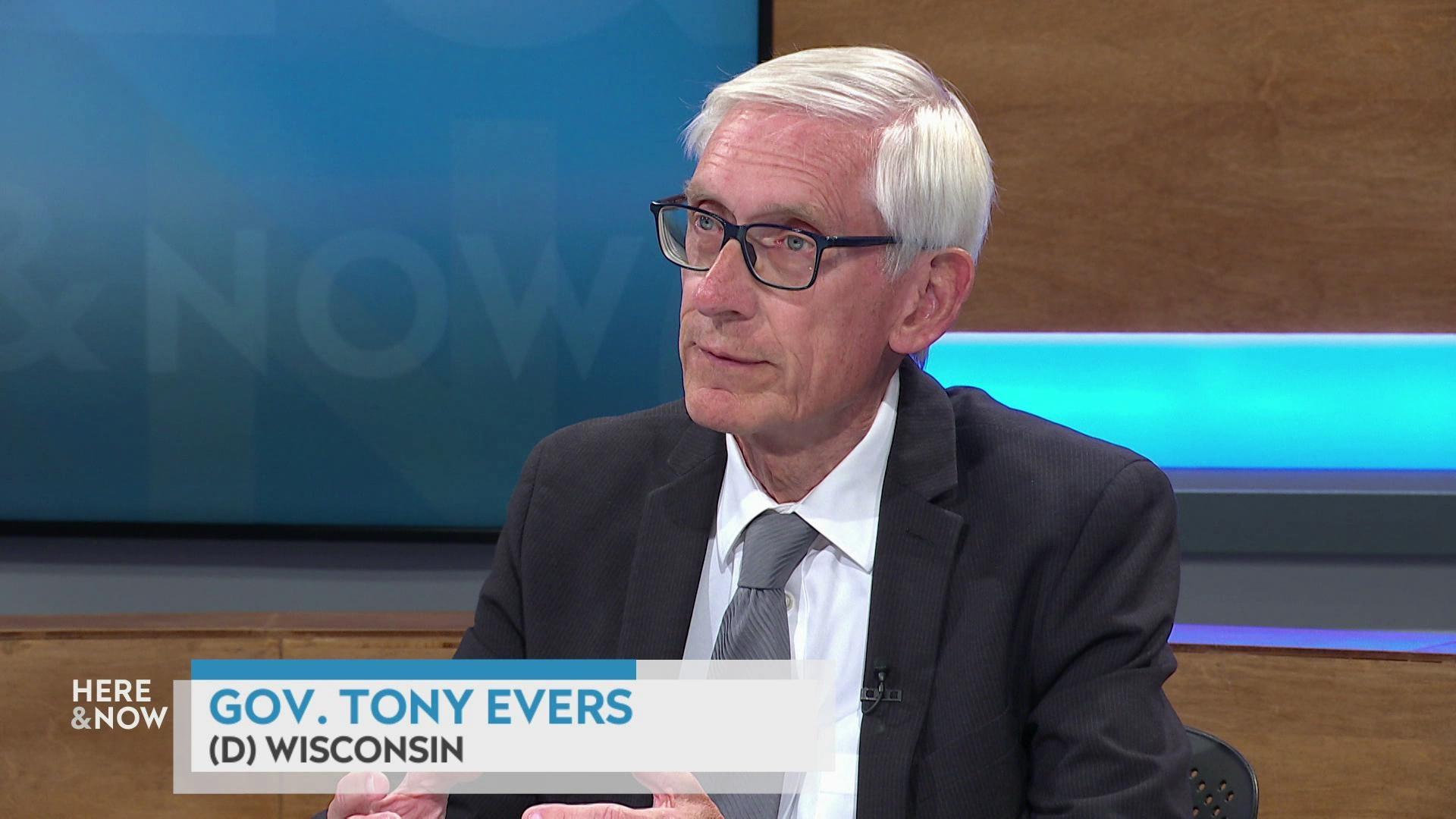
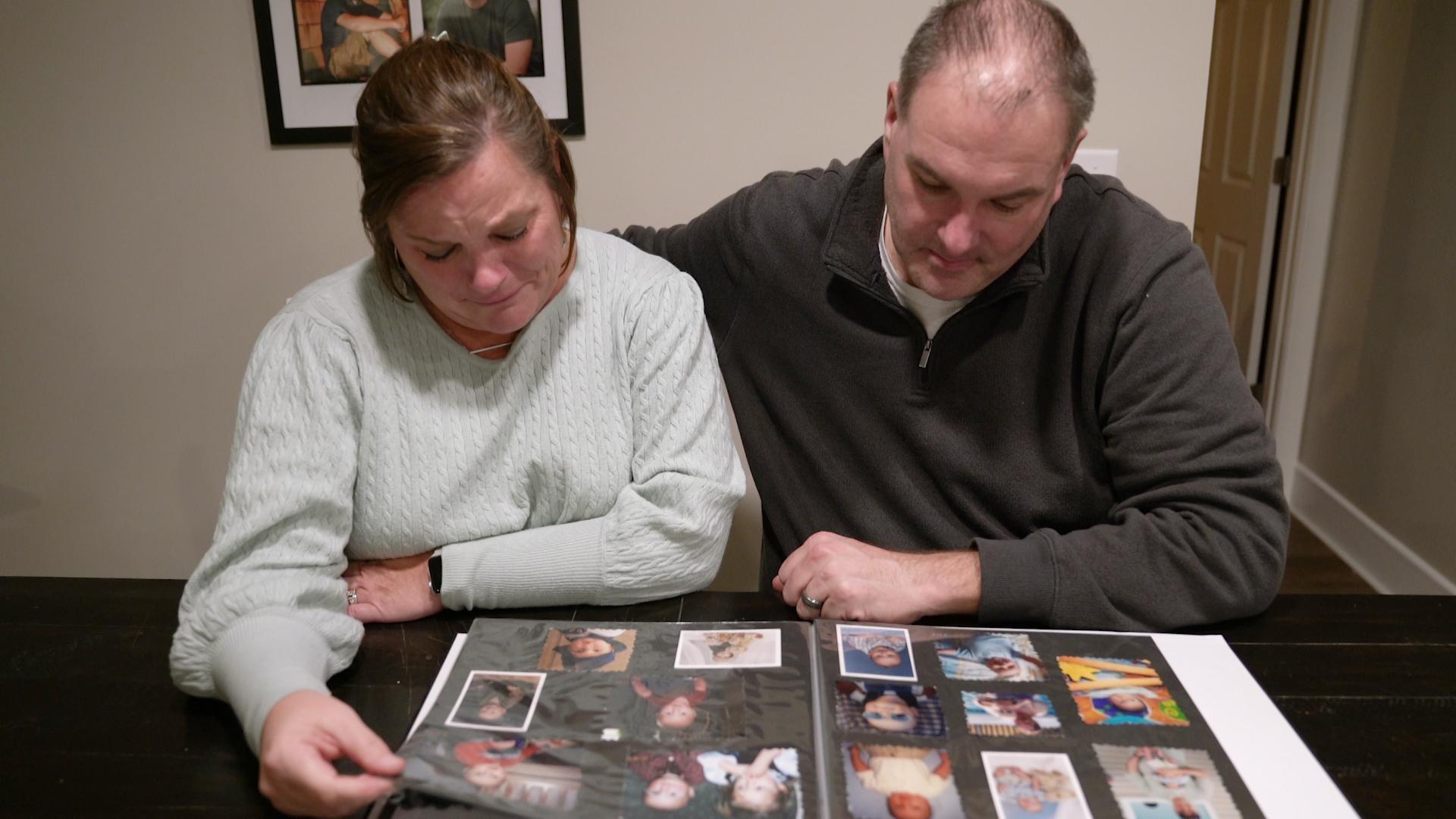
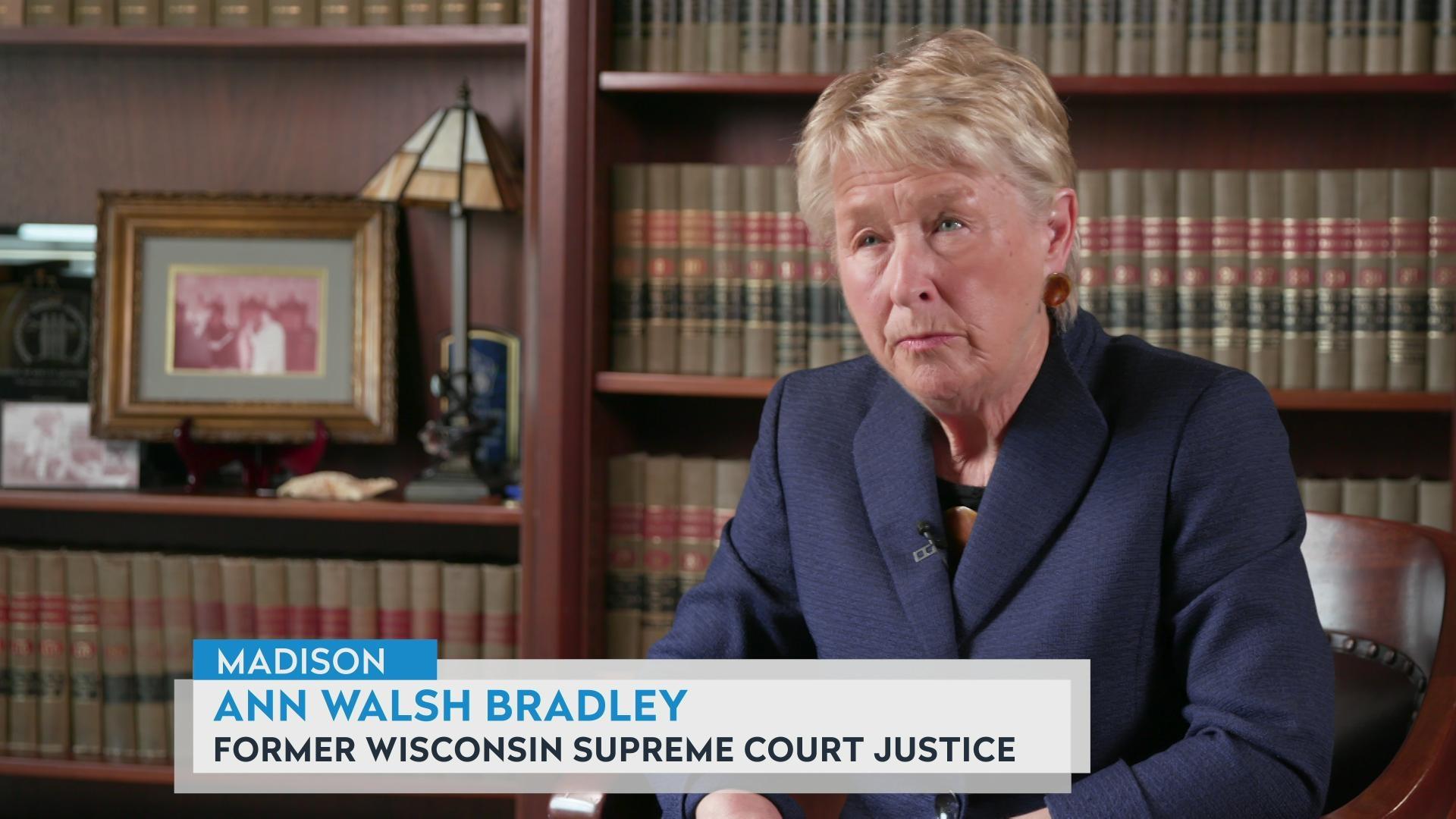
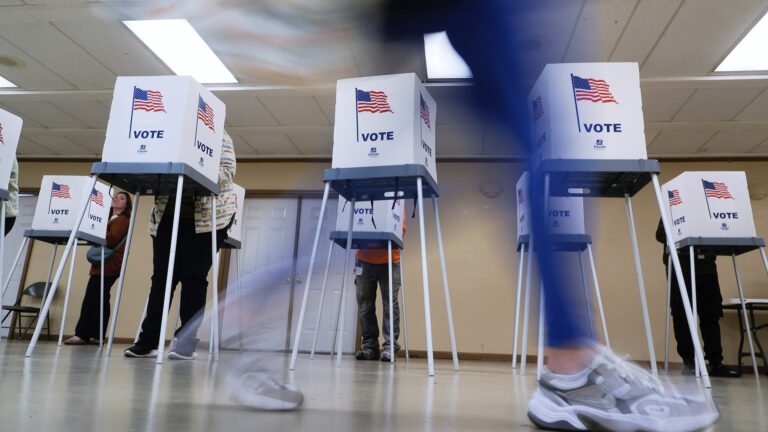
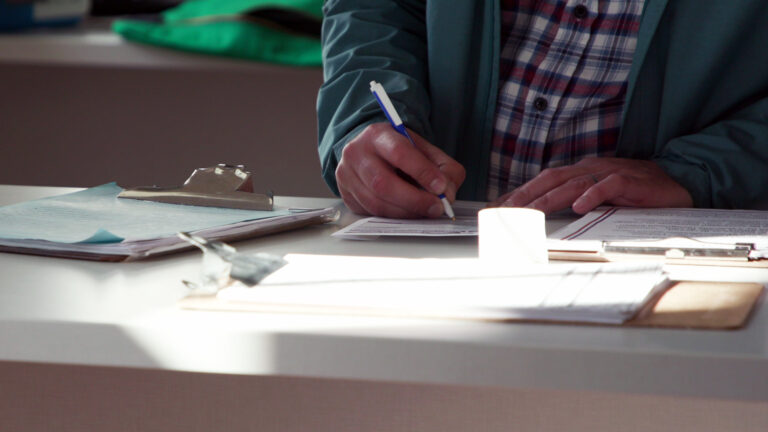
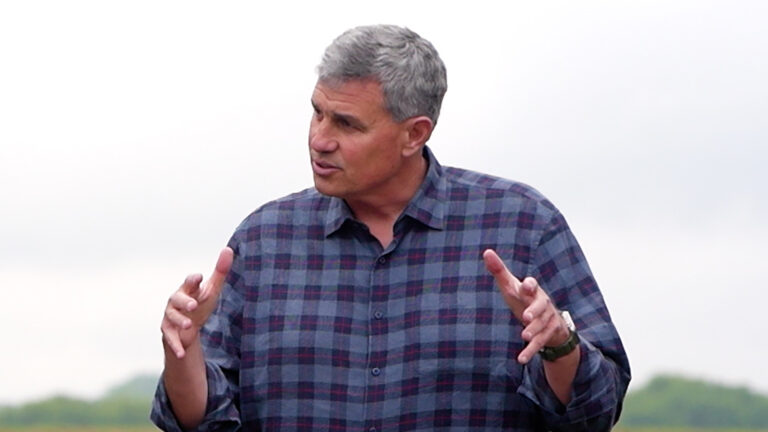
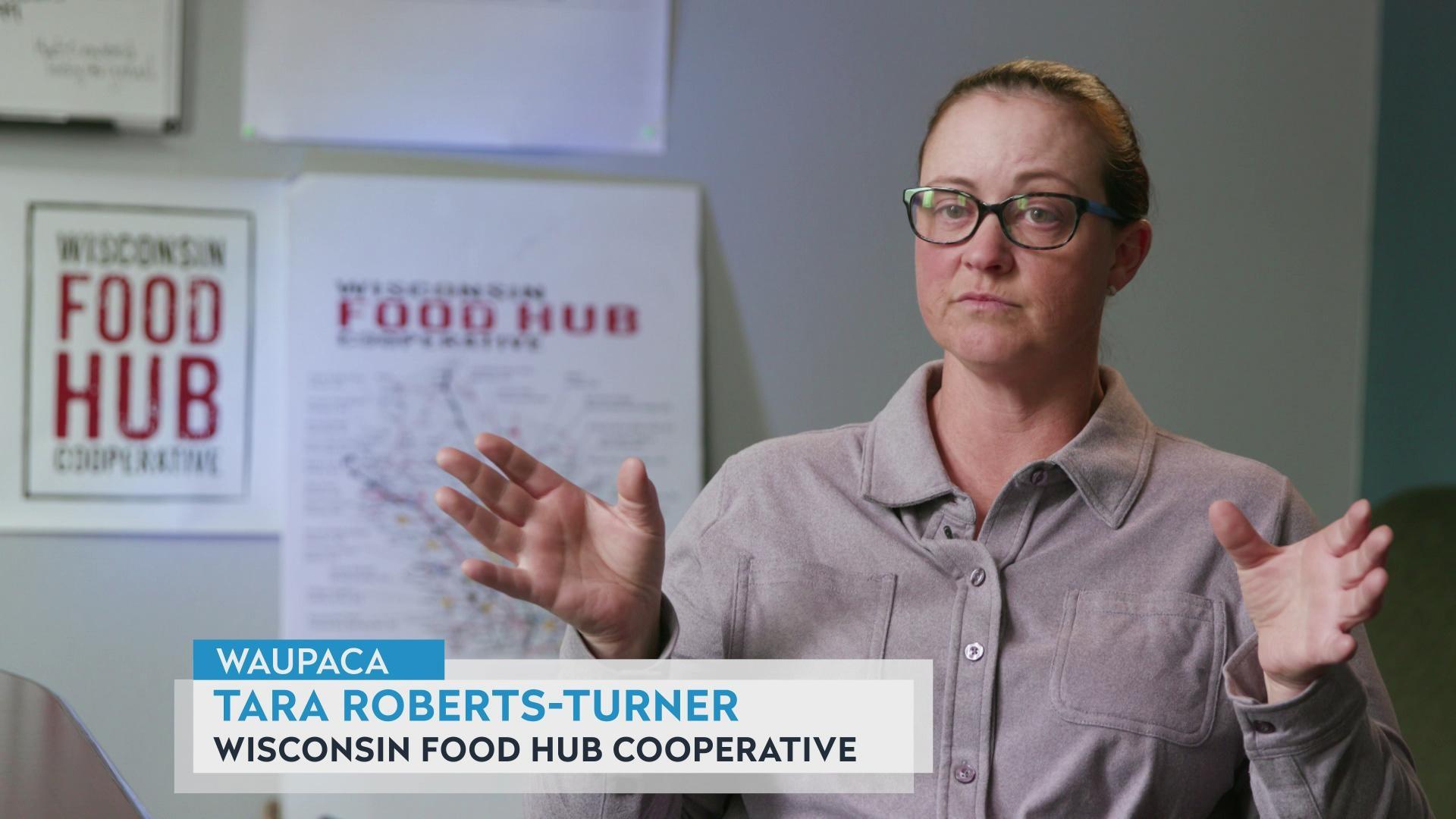
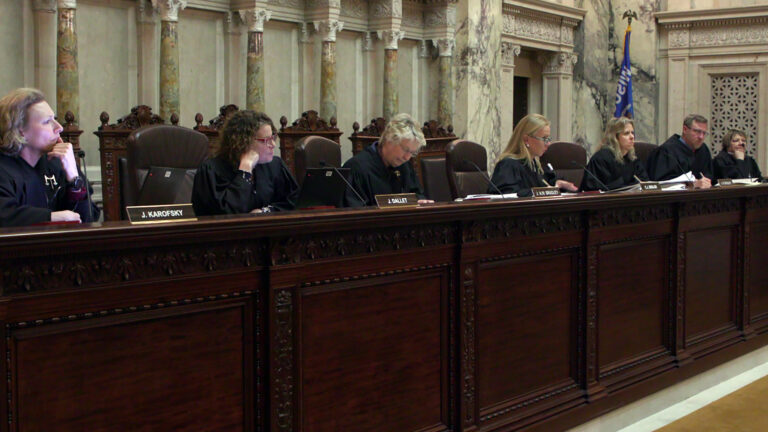
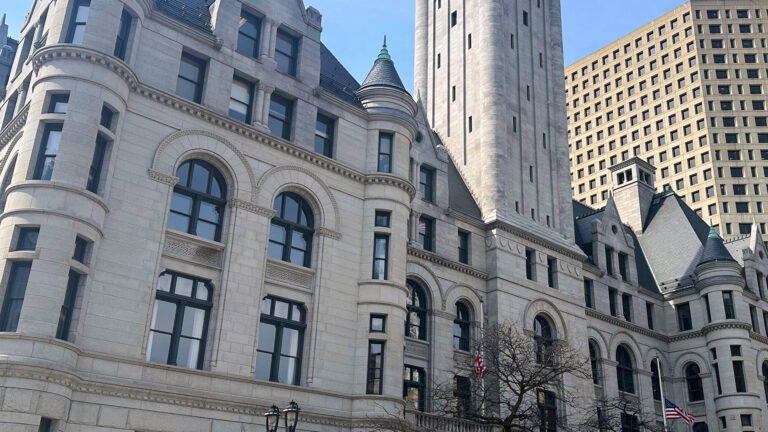
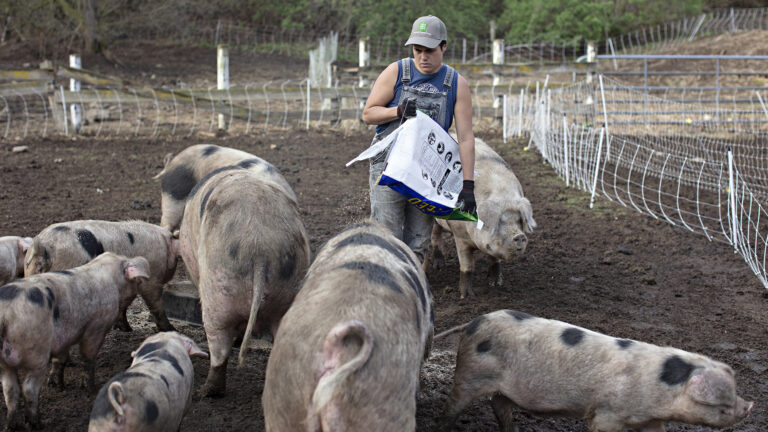
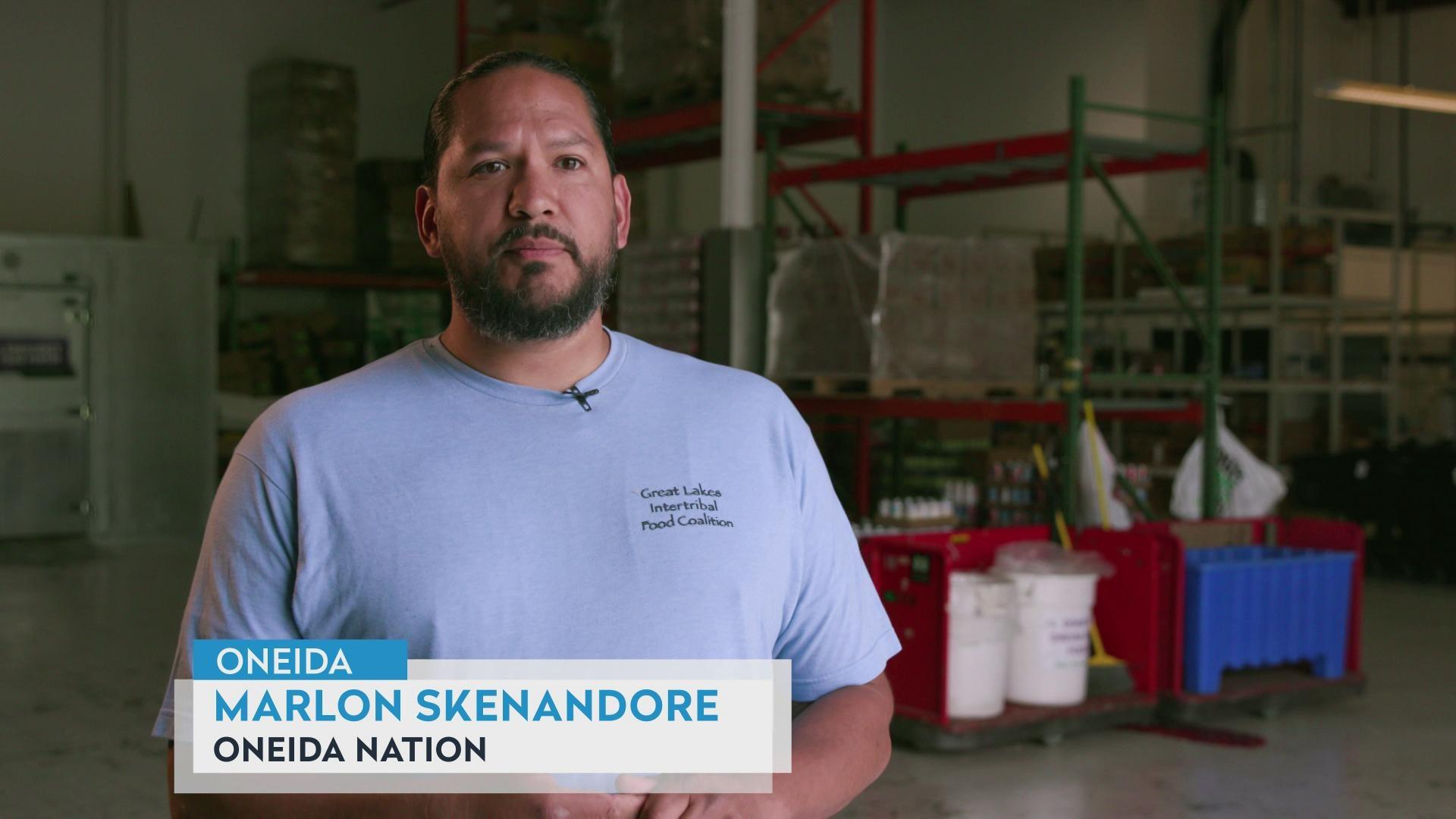
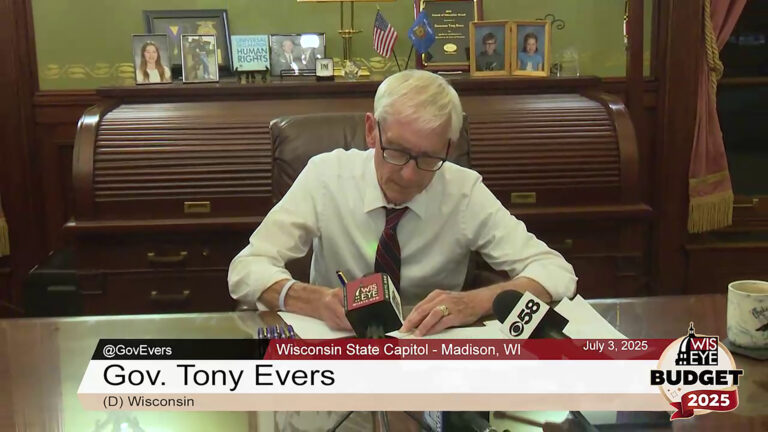

Follow Us